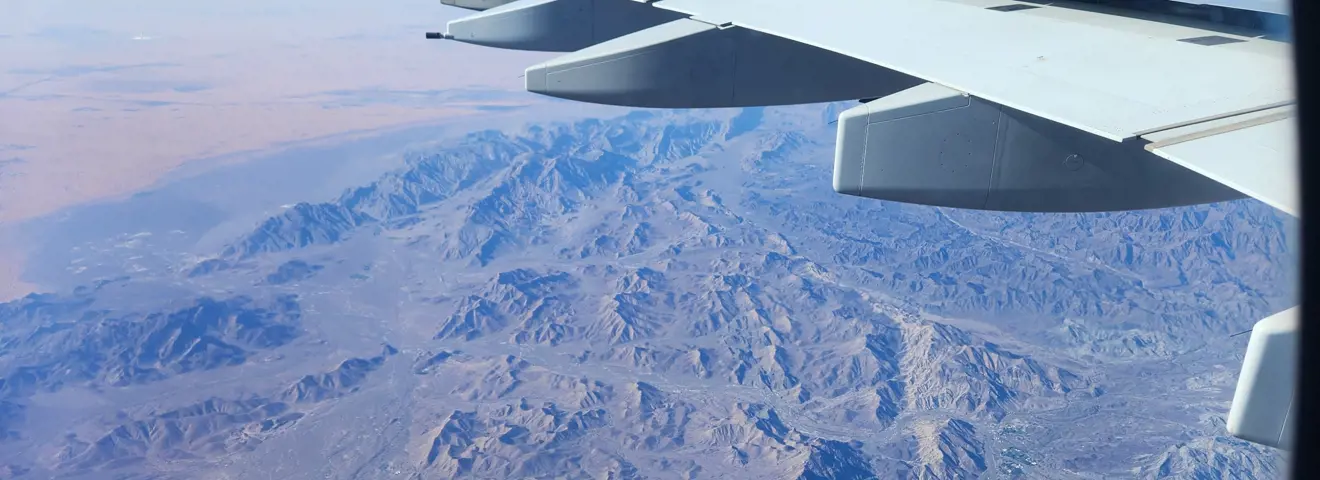What is turbulence and is it dangerous?

In the complex world of aviation, where technological advances meet natural conditions, turbulence remains one of the most discussed but least understood aspects. Although often surrounded by fears and misconceptions, a closer look at this phenomenon offers enlightening insights into the science behind it and the safety measures that surround it.
What is turbulence?
Turbulence in aviation can be compared to driving on a bumpy road. Air currents change speed and direction rapidly under the influence of natural forces such as temperature differences, atmospheric pressure and geographical features like mountains. These changes can occur suddenly, giving passengers the impression of being on a roller coaster. Fortunately, our pilots are trained to deal with them, and know exactly how to act in all circumstances.
Is turbulence dangerous?
According to aviation experts and statistics, turbulence rarely poses an immediate threat to flight safety. So your aircraft won't crash or lose parts because of it.Modernaircraft aredesigned to withstand considerable turbulence (up to 2.5 times the highest measured turbulence). In most cases, turbulence-related incidents are due to failure to comply with safety instructions, such as wearing a seatbelt. That's why it's a good idea to always fasten your seatbelt when sitting in your seat.
How do pilots know when turbulence is approaching?
Pilots and meteorologists use advanced technologies to monitor air currents and potentially turbulent areas. Airlines use detailed weather reports and updates from other aircraft to adapt their routes or change altitude to minimize the impact of turbulence.
What's the best place in the plane to be least bothered by this phenomenon?
To avoid turbulence as much as possible, it's best to sit above the wings. This part of the aircraft remains the most stable, even in difficult weather conditions.
How often does turbulence occur?
Often. If you fly regularly, you can certainly attest to this. In fact, it's almost inevitable if you know how turbulence is created. For airline employees, turbulence is more a question of comfort than safety.
Technological advances
The aviation industry is constantly exploring new technologies to predict and manage turbulence. Innovations such as LIDAR (Light Detection and Ranging) systems, which are capable of analyzing atmospheric pressure and currents ahead of the aircraft, promise a future where pilots will be even better prepared to deal with unexpected air currents.
Conclusion
While turbulence remains a source of nervousness for many passengers, it is a natural part of flying. Thanks to constant advances in technology and understanding, the aviation industry remains at the forefront of safety and comfort, even in the most turbulent times. The next time you fly, remember that turbulence is part of the journey, and that your aircraft and its crew are well equipped to deal with it.
Would you like to fly somewhere charming in Europe? Discover here all the trips you can make by plane.